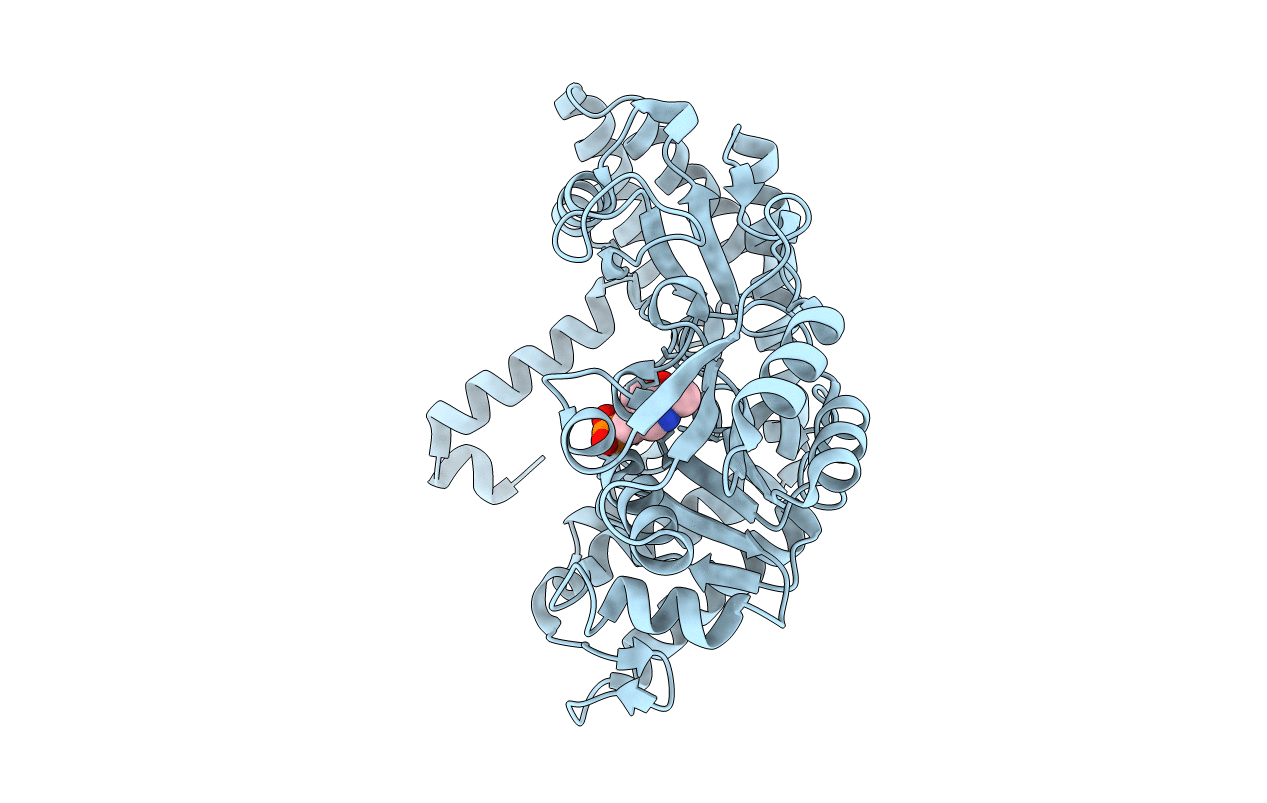
Deposition Date
2005-01-16
Release Date
2005-06-14
Last Version Date
2023-10-25
Entry Detail
PDB ID:
1YJZ
Keywords:
Title:
K226M Mutant Of Serine Hydroxymethyltransferase From B. Stearothermophilus
Biological Source:
Source Organism:
Geobacillus stearothermophilus (Taxon ID: 1422)
Host Organism:
Method Details:
Experimental Method:
Resolution:
2.10 Å
R-Value Free:
0.26
R-Value Work:
0.21
R-Value Observed:
0.21
Space Group:
P 21 21 2


